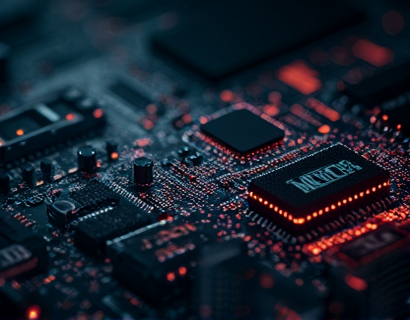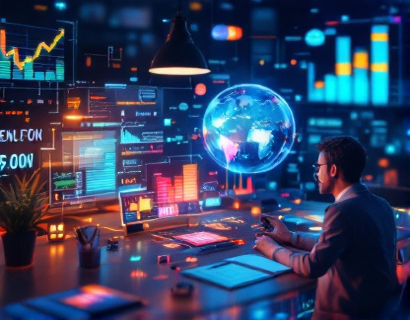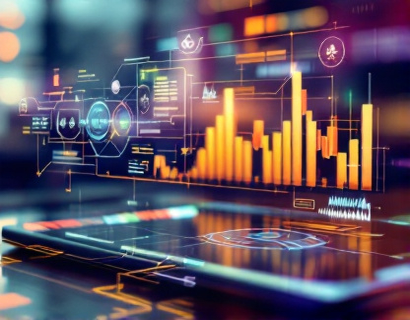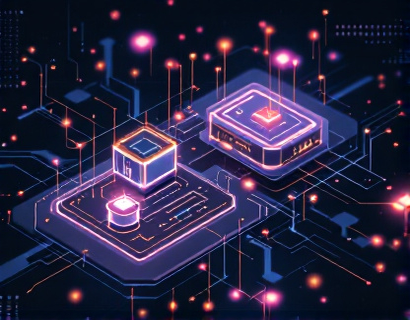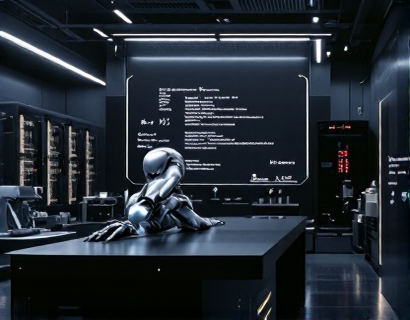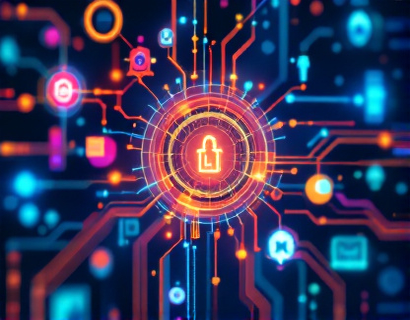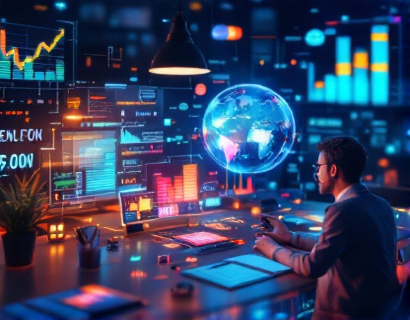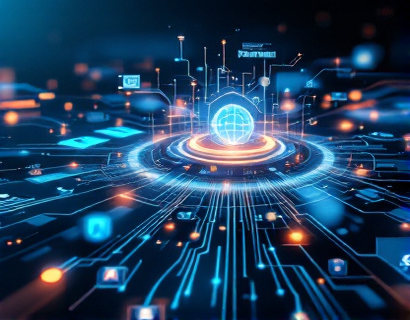Unlocking Enhanced Productivity and Engagement with Advanced Digital Solutions: The Synergy of Crypto and AI
The intersection of cryptocurrency and artificial intelligence (AI) is revolutionizing the digital landscape, offering unprecedented opportunities for enhancing productivity and engagement. This article delves into the latest tools and applications that leverage the power of both technologies, providing a comprehensive guide for tech professionals and enthusiasts aiming to harness the future of digital solutions.
The fusion of cryptocurrency and AI is not just a technological curiosity but a practical approach to solving complex problems and optimizing processes. By combining the decentralized and secure nature of blockchain with the intelligent and adaptive capabilities of AI, we can create systems that are more efficient, transparent, and user-friendly. This synergy is particularly beneficial in the realm of digital productivity tools, where the goal is to streamline workflows, automate repetitive tasks, and provide insights that drive innovation.
Understanding the Basics: Cryptocurrency and AI
To fully appreciate the potential of crypto and AI, it's essential to understand the fundamentals of both technologies. Cryptocurrency, such as Bitcoin and Ethereum, operates on blockchain technology, a decentralized ledger that ensures transparency, security, and immutability. This technology underpins not only digital currencies but also smart contracts and decentralized applications (dApps).
Artificial intelligence, on the other hand, involves the simulation of human intelligence in machines that are programmed to think and learn. AI encompasses various subfields, including machine learning, natural language processing, and computer vision. These technologies enable machines to perform tasks that traditionally required human intervention, from data analysis to decision-making.
The convergence of these two fields opens up new possibilities. For instance, smart contracts on the blockchain can be programmed to execute automatically when certain conditions are met, thanks to AI-driven algorithms that analyze data and make decisions in real-time. This integration can lead to more efficient and trustworthy systems, reducing the need for intermediaries and lowering transaction costs.
Enhancing Productivity with AI-Driven Crypto Tools
One of the most significant impacts of AI on cryptocurrency is the development of advanced trading platforms. These platforms use AI algorithms to analyze market data, identify trends, and make informed trading decisions. For example, AI can process vast amounts of historical data and real-time market information to predict price movements, execute trades at optimal times, and manage risk more effectively.
Automated trading bots powered by AI are becoming increasingly popular among traders. These bots can operate 24/7, executing trades based on predefined strategies without human intervention. This not only saves time but also reduces emotional biases that can lead to poor decision-making. Additionally, AI can monitor multiple markets and assets simultaneously, providing a comprehensive view of the trading landscape.
Beyond trading, AI is enhancing the security of cryptocurrency transactions. Machine learning algorithms can detect and prevent fraudulent activities by analyzing patterns and anomalies in transaction data. This proactive approach to security helps protect users' assets and builds trust in the crypto ecosystem.
Streamlining Operations with Blockchain and AI
In industries beyond finance, the combination of blockchain and AI is transforming operational processes. Supply chain management, for instance, benefits greatly from this synergy. Blockchain provides a transparent and immutable record of transactions, while AI can optimize logistics, predict demand, and manage inventory more efficiently.
AI-driven analytics can process data from various sources, including IoT devices, to monitor the condition and location of goods in real-time. This ensures that supply chains are not only transparent but also responsive to changes, reducing delays and costs. Smart contracts on the blockchain can automate payments and ensure compliance with contract terms, further streamlining operations.
In the realm of healthcare, AI and blockchain are working together to improve patient care and data management. AI algorithms can analyze medical records stored on a blockchain to provide personalized treatment recommendations. The decentralized nature of blockchain ensures that patient data is secure and accessible only to authorized personnel, enhancing privacy and compliance with regulations.
Boosting Engagement through AI-Enhanced User Experiences
The user experience is a critical factor in the success of any digital platform. AI can significantly enhance engagement by personalizing content and interactions. For instance, AI-driven recommendation systems can analyze user behavior and preferences to suggest relevant articles, products, or services. This not only keeps users engaged but also increases the likelihood of conversion and retention.
Chatbots powered by AI can provide instant customer support, answering queries and guiding users through various functionalities. These bots can operate around the clock, ensuring that user needs are met at any time. By reducing wait times and providing accurate information, chatbots improve user satisfaction and loyalty.
Moreover, AI can help in content creation and curation. Natural language processing (NLP) algorithms can generate high-quality content, such as news summaries, product descriptions, and even code snippets. This not only saves time but also ensures that content is consistent and accurate. AI can also curate content from multiple sources, presenting users with a tailored and comprehensive view of the information they need.
Challenges and Considerations
While the potential of crypto and AI is vast, there are several challenges and considerations to keep in mind. One of the primary concerns is regulatory compliance. The crypto space is still evolving, and regulations vary significantly across different jurisdictions. Ensuring that AI-driven crypto tools comply with local laws and standards is crucial to avoid legal issues and maintain user trust.
Another challenge is the technical complexity involved in integrating blockchain and AI. Developers need a deep understanding of both technologies to create robust and efficient systems. This requires a skilled workforce and significant investment in research and development.
Privacy and data security are also paramount. While blockchain offers transparency, it can also expose sensitive information if not properly managed. AI systems must be designed with robust security measures to protect user data and prevent unauthorized access.
Future Trends and Innovations
The future of crypto and AI is promising, with several emerging trends and innovations on the horizon. One such trend is the development of decentralized AI (DAI) platforms, where AI models are trained and deployed on a decentralized network. This approach can enhance privacy, reduce central points of failure, and democratize access to AI technologies.
Another exciting area is the integration of AI with other blockchain-based technologies, such as decentralized finance (DeFi) and non-fungible tokens (NFTs). AI can optimize DeFi protocols, manage NFT collections, and create new forms of digital assets with unique properties and functionalities.
Furthermore, the rise of edge computing, combined with AI and blockchain, can lead to more efficient and responsive applications. By processing data closer to the source, edge computing reduces latency and bandwidth usage, making real-time AI-driven decisions more feasible.
Conclusion
The fusion of cryptocurrency and AI is unlocking new dimensions of productivity and engagement in the digital world. By leveraging the strengths of both technologies, we can create more efficient, secure, and user-friendly tools and platforms. Whether you are a developer, a business owner, or a tech enthusiast, understanding and embracing this synergy can provide a competitive edge and open up new opportunities for innovation and growth.
As the landscape continues to evolve, staying informed and adaptable will be key. The future holds immense potential, and those who harness the power of crypto and AI will be at the forefront of the next digital revolution.




